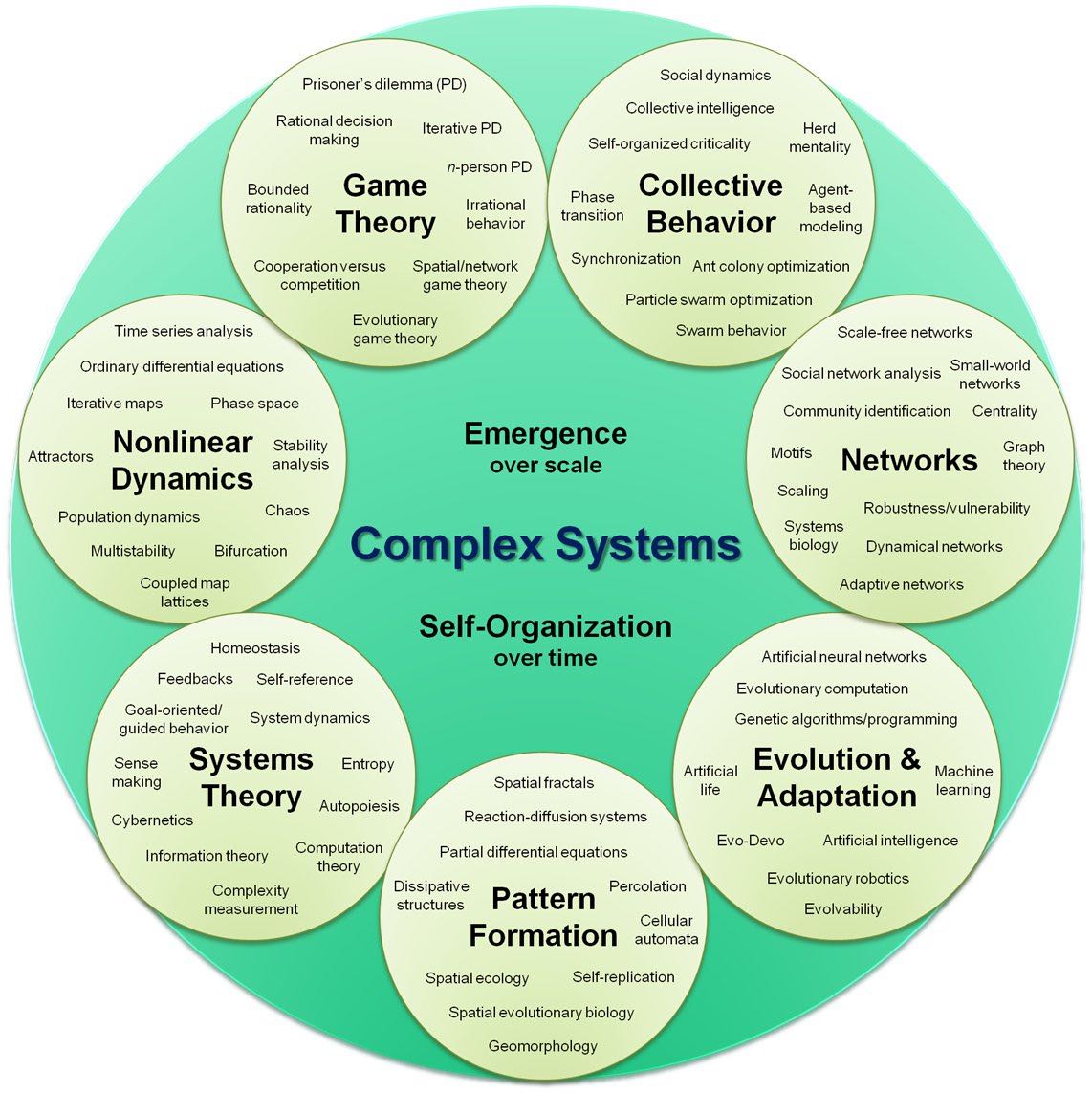Most people can't see the essential key point, most because there's no systematic analysis method, and systematatization often helps to create a multi-dimentional model of thinking.
There's no such thing as a problem without a reason, and the cause of its occurrence may be accidental or inevitable. In any case, it must have its own space/timing/environmental factors.
The relationship between cause and result may be linear, non-linear, progressive,consequent, transitional, etc., or may be temporarily unknown.
It's normal that the things happening don't go as the expectation. People's cognition has limitation, but self-cognition is always self-conceited.
Reducing cognitive errors is an important concept in reducing risk. The establishment of systematic risk management process is an important method to avoid and utilize risk efficiently.
1. Clearly understand the object of study from the definition of things, sometimes appearing as positioning.
2. Avoid emotional distraction, keep things simple.
3. Make sure that all kinds of assumptions are based on specific timing and environment conditions.
4. All kinds of states have timeless and limitation.
5. Continuity, individual independence, periodicity and sometimes cyclicity.
6. Focus on the marginal utility, things often change in the marginal point.
Anyway, people are always influenced by randomness and casual behavior when they actually need rational decision making. It's a part of risk management.

Comments